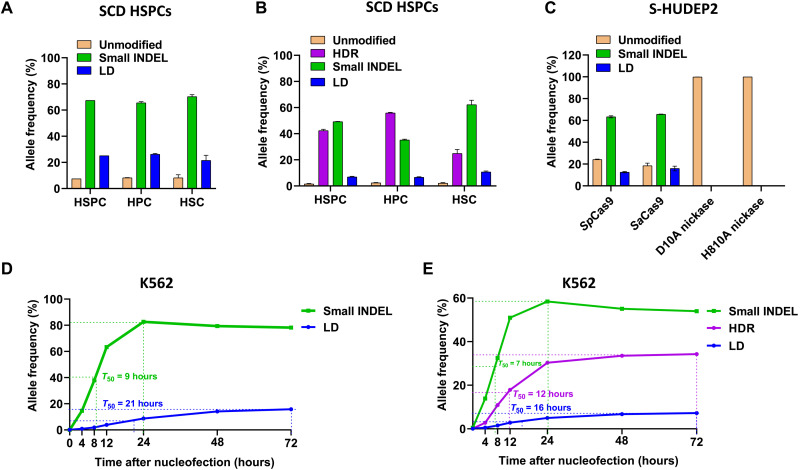Fig. 5. Longevity, editor dependence, and kinetics of LD generation quantified by LongAmp-seq.
(A) Gene editing outcomes in HSPCs and FACS-sorted HPCs and HSCs. The LD rate induced by R-66S RNP was lower, and the small INDEL rate was higher in HSCs compared to HPCs. (B) With both R-66S RNP and ssODN, the sorted HSCs had higher levels of LDs and small INDELs and a lower HDR rate than that of HPCs. (C) Comparison of LD rates by different gene editors. RNPs consisting of R-66S gRNA complexed with WT SpCas9, D10A nickase and H810A nickase, and SA-12S gRNA with SaCas9 were electroporated into S-HUDEP2 cells. SpCas9- and SaCas9-induced DSBs led to high rates of LDs. D10A and H810A nickases did not lead to any LD. (D and E) Analysis of the dynamics and competition of NHEJ, HDR, and LD generation. (D) In R-66WT RNP-treated K562 cells, small INDELs saturated at 24 hours and LDs saturated at 72 hours after delivery with T50 (the time to reach half of the maximum modification rate) of 9 and 21 hours, respectively, showing faster repair kinetics by NHEJ than that of LD generation. (E) In K562 cells treated with both RNP and ssODN, small INDELs saturated at 24 hours, targeted ssODN insertion by HDR, and LDs saturated at 72 hours after delivery with T50 of 7, 12, and 16 hours, respectively. HDR effectively outcompetes the repair process that led to LDs, but not NHEJ-led small INDELs.

